I’ve now
been back in the United States for three weeks, and have finally been able to
really work through processing and reflecting on my five weeks in Roatán. I
don’t think I’ll ever forget when I first walked into the hospital and saw a
child throw up onto the concrete floor while cleaning ladies attempted to mop
the floor nearby. At the same time, I don’t think I’ll ever forget how kind,
helpful, and hospitable everyone was when I was trying to get to where I was
going to be staying; one worker at the hospital called Dr. Cerritos for me and
the security guard at Clínica Esperanza insisted on carrying my suitcase when I
was waiting for other volunteers to meet me when I arrived. I think that these
two instances, which occurred within minutes of each other, serve as fitting
examples for the general situation on the island—in many ways there is so much
lacking, especially in terms of medical resources, but the islanders never seem
to let this get in the way of being kind, grateful, and friendly people.
I certainly saw examples of this every day at the clinic, such as when parents would bring their kids in because they thought they had a fever, but they rarely knew the actual temperature that their kid had because they didn’t have a thermometer at home. Fortunately, most of the time the parents aired on the side of caution and the child only had a low-grade fever, but there were still instances when the child would have a high-grade fever and I would immediately have to let Dr. Cerritos know so I could give the child acetaminophen and have the child seen sooner. In general, the parents were trying to do the best thing for their child, but often didn’t have the resources to be able to provide everything, whether it was acetaminophen, multivitamins, or proper dental hygiene.
So, being able to try to fill in the gaps on what the kids needed, and what the parents wanted to provide but couldn’t, made helping these kids even more rewarding. Not only did the kids’ faces light up when we would give them a toothbrush and toothpaste, but the moms were just as happy too. Another way that we were able to try to fill in these gaps was by providing fluoride treatments that had been generously donated to the clinic. Genevieve was great about offering it to any patient who had any teeth, regardless of age, and the parents were always more than willing to have it done not only on the patient, but any other children who may have come along. Even though it didn’t take long, and doesn’t seem like much, it was rewarding to know that it made some sort of difference in the child’s dental hygiene and overall health, which they wouldn’t have had without the clinic.
Another thing that struck me was the sense of community that I often witnessed. For example, I often saw mothers reprimanding kids other than their own if the child’s own parent was busy, and there seemed to be a general acceptance and appreciation for the whole community truly raising everyone together. I think that this mentality was also at work when patients would come in while Dr. Cerritos was already seeing a patient. Often, they just needed something quick, like a prescription renewal, and the mom and patient who were in the middle of seeing Dr. Cerritos never seemed bothered to have the appointment that they had waited hours for to be interrupted. While I’m sure the moms are understanding because they realize that they could easily be in a situation when they need to see a doctor immediately, I also imagine what the reaction would be in the United States if someone’s appointment with a doctor were interrupted, never mind if it was an appointment that they had waited for since six in the morning. Needless to say, I’m not sure the reactions would be quite as patient and understanding as what I saw
As far as what I personally got out of the experience…I’m not sure where to begin. I came in hoping that my Spanish would improve, and that definitely was achieved. Although I had been pretty comfortable speaking before I got to Roatán, I hadn’t been very familiar with medical terminology, but after being in the clinic and having to ask patients what was wrong and understanding what they were saying, I definitely have a better grasp on that. Being in a pediatric clinic also made me much more comfortable working with kids than I previously was; reading and coloring with them while they were waiting to be seen ended up being one of the most rewarding parts of my time on the island. Overall, I think meeting people who are struggling to survive every day but still manage to be kind, loving people has helped to put everything in perspective for me, as cliché as that sounds. Most of the locals who I met have had a fraction of the opportunities that I’ve been fortunate enough to have, but instead of being bitter or resentful, they are grateful for what they do have, whether it’s acetaminophen from the pharmacy so they can start to treat a fever at home or a coloring page while they wait for the doctor. This experience was truly invaluable, and I know that my time in Roatán has left a permanent impression on me that will continue to be valuable as I pursue a career in medicine.









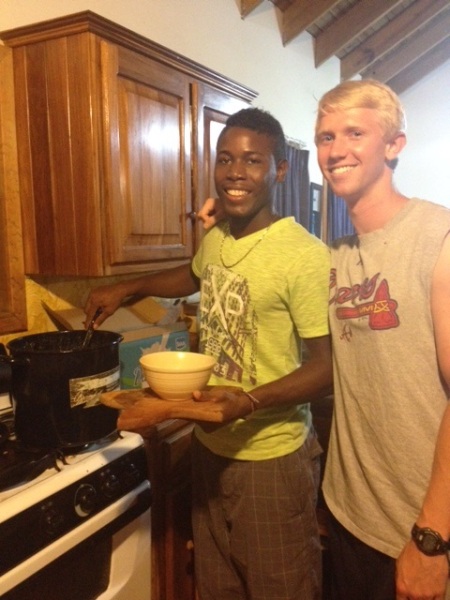
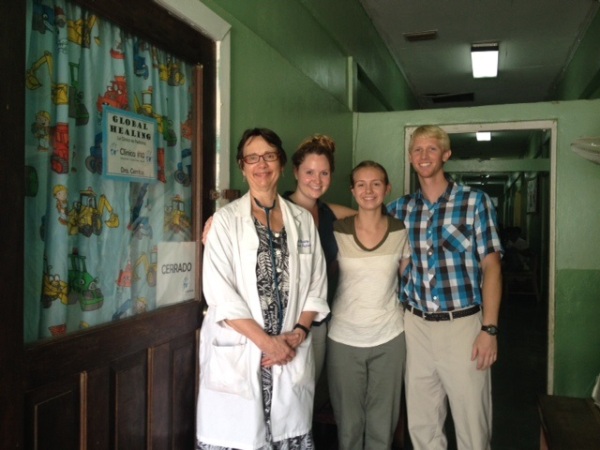
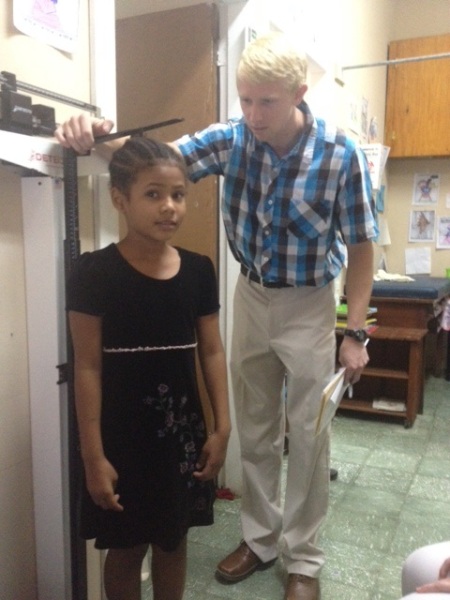
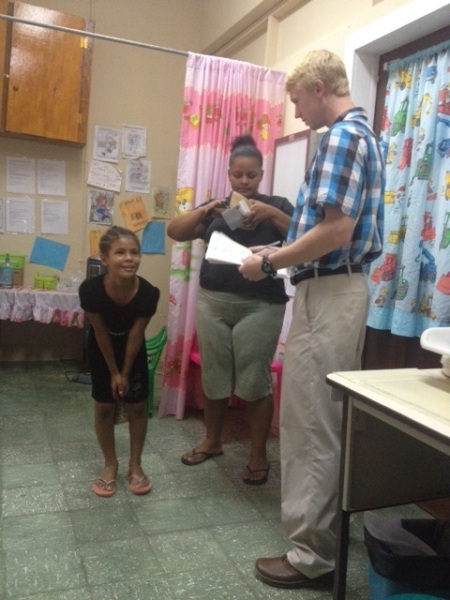
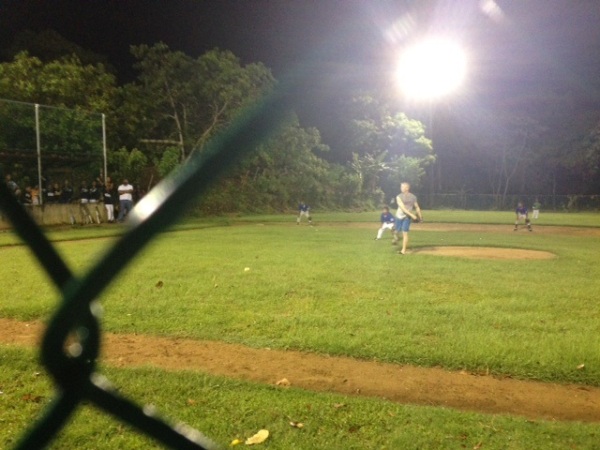

 A patient and her mom sporting their new butterfly tattoos
A patient and her mom sporting their new butterfly tattoos
 Clinica Esperanza Triage
Clinica Esperanza Triage










